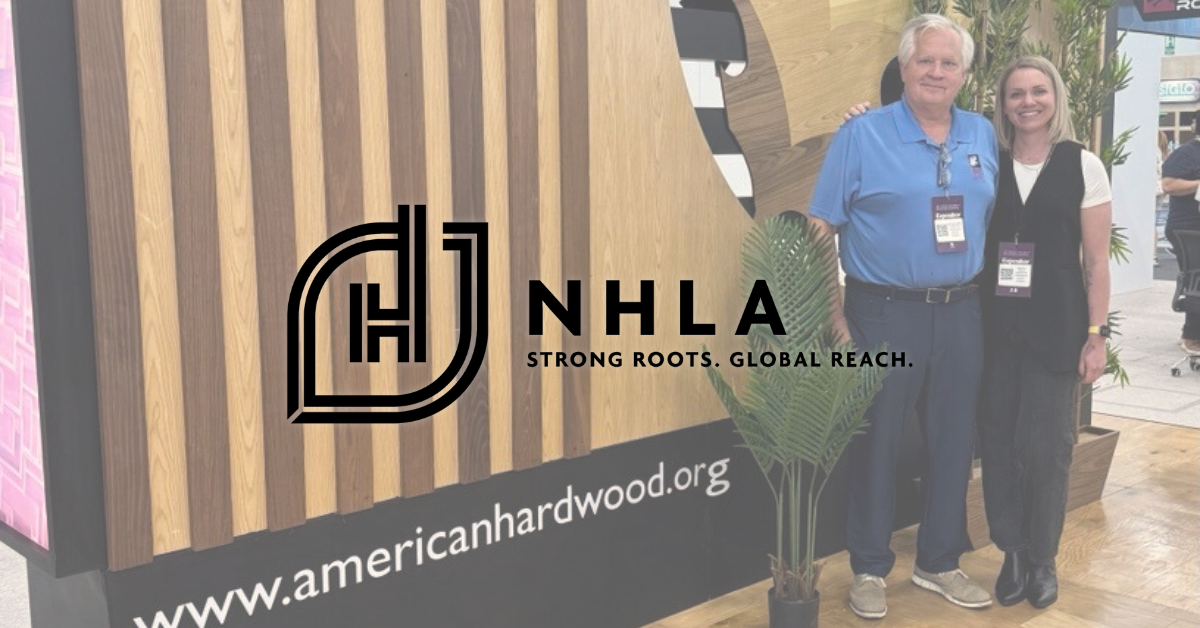Thermal Modification of Wood: Pioneering Sustainability and Performance in the Hardwood Lumber Industry
As the global demand for sustainable building materials accelerates, the hardwood lumber industry must examine the applicability of current methods and the sourcing of raw materials. One promising path is the thermal modification process, which improves wood performance while aligning with core environmental principles. At Jartek, we are proud to stand at the forefront of this evolution, having delivered over 80 thermal modification chambers across 20 countries. We’re committed to innovation and sustainability, and we aim to be a trusted partner for sawmills and wood processors seeking an eco-friendly alternative to tropical hardwoods and chemically treated materials.
ADVANTAGES OF THE THERMOWOOD® PROCESS
The ThermoWood® process, utilized in all Jartek thermal modification chambers, is carefully optimized to reach the desired characteristics of the end product. By subjecting the wood to controlled heat and steam, without chemicals, the process improves the wood’s dimensional stability, durability, and biological resistance. Tailored to the specific properties of each species, the ThermoWood® process broadens applications for domestic wood and reduces dependence on imported tropical materials.
Jartek is part of the International ThermoWood Association (ITWA), which owns the concept of ThermoWood® and ensures the technical and ecological quality of products sold under the trademark. The main benefit of the standardized process offered by the ITWA is that it provides clear guidelines and consistency for thermally modified wood products. By following these processes, we at Jartek wish to build trust through predictable product characteristics and quality.
Thermally modified wood has demonstrated its potential to broaden the use of locally available species in various applications – from cladding and decking to interior finishes and furniture.
EXPLORING THE BENEFITS OF THERMALLY MODIFIED WOOD
Thermally modified wood aligns well with the principles of the circular economy by offering a longer service life, reduced need for chemical treatments, and recyclability at the end of its use. Its enhanced durability and dimensional stability mean fewer replacements over time, which helps reduce overall material consumption and waste. As a non-toxic material that requires no biocides or preservatives, thermally modified wood supports a more sustainable material life cycle from start to finish.
Jartek has been pioneering the advancement of thermal modification technologies for over two decades. Our engineering expertise and understanding of the hardwood lumber industry allow us to define the process continuously, and each of our thermal modification chambers is custom designed to fit client needs. In exploring the benefits of thermally modified wood, we have focused our innovations on the chamber’s operational performance and energy efficiency. The low-emission process utilized in Jartek chambers through ThermoWood® technology comes from a method based on only high temperature and steam, which means no additional harmful by-products are released in the ground or air. For our customers, this means that it is easier to meet environmental regulations and expectations from end-product users and maintain economic viability.
Aesthetics and performance requirements are key for designers, manufacturers, and other industry experts. Tropical wood, such as Ipe, Teak, and Merbau has been a solution for many due to their naturally beautiful texture, coloring, and moisture resistance. However, as environmental considerations play an increasingly important role in the hardwood lumber industry, there is growing interest in shifting away from long-distance transport and intensive harvesting toward more localized and responsible sourcing strategies. Thermally modified wood has demonstrated its potential to broaden the use of locally available species in various applications, from cladding and decking to interior finishes and furniture. From the perspective of designers and manufacturers of wood, this offers an opportunity to work with familiar and locally available wood species in new ways, expanding both commercial and creative possibilities.
LOOKING AHEAD: CREATING AWARENESS AND ALIGNMENT
As thermally modified wood gains traction, the next step for the hardwood lumber industry is increasing awareness and aligning around shared goals. To help bring thermal modification into the market’s consciousness and cement its role in a more sustainable future, Jartek has partnered with the National Hardwood Lumber Association (NHLA). We see significant value in moving toward an industry-wide standardization of all thermally modified wood from different processes. Standardization supports quality assurance and makes it easier for end-users to select thermally modified wood confidently. With this journey still in its early stages, we look forward to sharing more about our ambitions—and the collaborative path with NHLA going forward—in upcoming issues of Hardwood Matters.
Share:
Related News & Blog

October 13, 2025

October 13, 2025
Questions?
Have questions or need any assistance regarding the NHLA Annual Convention & Exhibit Showcase?
